It would change the length of the clearance, so if the electrical design is in a rocket or a high altitude balloon (or airplane), then it's something to take into consideration. Here is a description of what happens with arcing with respect to altitude.
The answer is both, the arc gap decreases from sea level to ~45 km and then increases after 45 km. However, most of us only care about 0 to 3000 m (or 3 km).

The curve on the chart above tells the story. At sea level, about
30,000 VDC is required to initiate an arc across the electrode gap. At
47,000 ft. the arc level drops to about 1200 VDC. Accordingly, the
worst altitude is 150,000 ft., where only about 300 VDC will arc
across the electrodes. Electronic Countermeasure Systems (ECM) and
other radar and electronic systems aboard aircraft require high
voltage connectors and cable assemblies to function at altitudes up to
70,000 ft. with 1,500 to 40,000 volts applied. Missile-borne ECM
systems raise the requirement to 150,000 ft..
Source: Teledyne: Paschen’s results
Creepage and clearance simply define a minimum safe distance that conductors can be placed apart on the PCB to prevent arcing. This takes into consideration elevation (up to 3000 m or 10 kft), since IPC standards are for consumer products which are generally not used above 3000 m, the standards are only calculated for that range. What's also interesting is China does have a different standard (GB 4943.1-2011) that has creepage and clearance to 5000 m (because they have higher elevations).
I haven't checked, but I'd imagine that the pollution degree would have the greatest effect on creepage and clearance distances and then air arcing would come next. Dirty and humid surfaces are much more conductive than air. I'd imagine aerospace (airplanes) requirements are different, but I am not familiar with them (only space where there is no air). If you're designing a product, then follow the IPC standards, and if you're designing a high-altitude circuit for a balloon, then add a sufficient margin.

The chart to the left is adapted from columns B1, B2, B4 of IPC 2221B
Table 6-1. It lists recommended minimum spacing between internal and
external conductors as a function of peak working voltage level for
intended use at altitude below 3050 meter (10.007 feet). The official
IPC table also provides the numbers for external conductors at
elevations >3050 m as well as requirements for assemblies, which I
omitted here
Source: PCB clearance
 (Above image from link)
(Above image from link)
